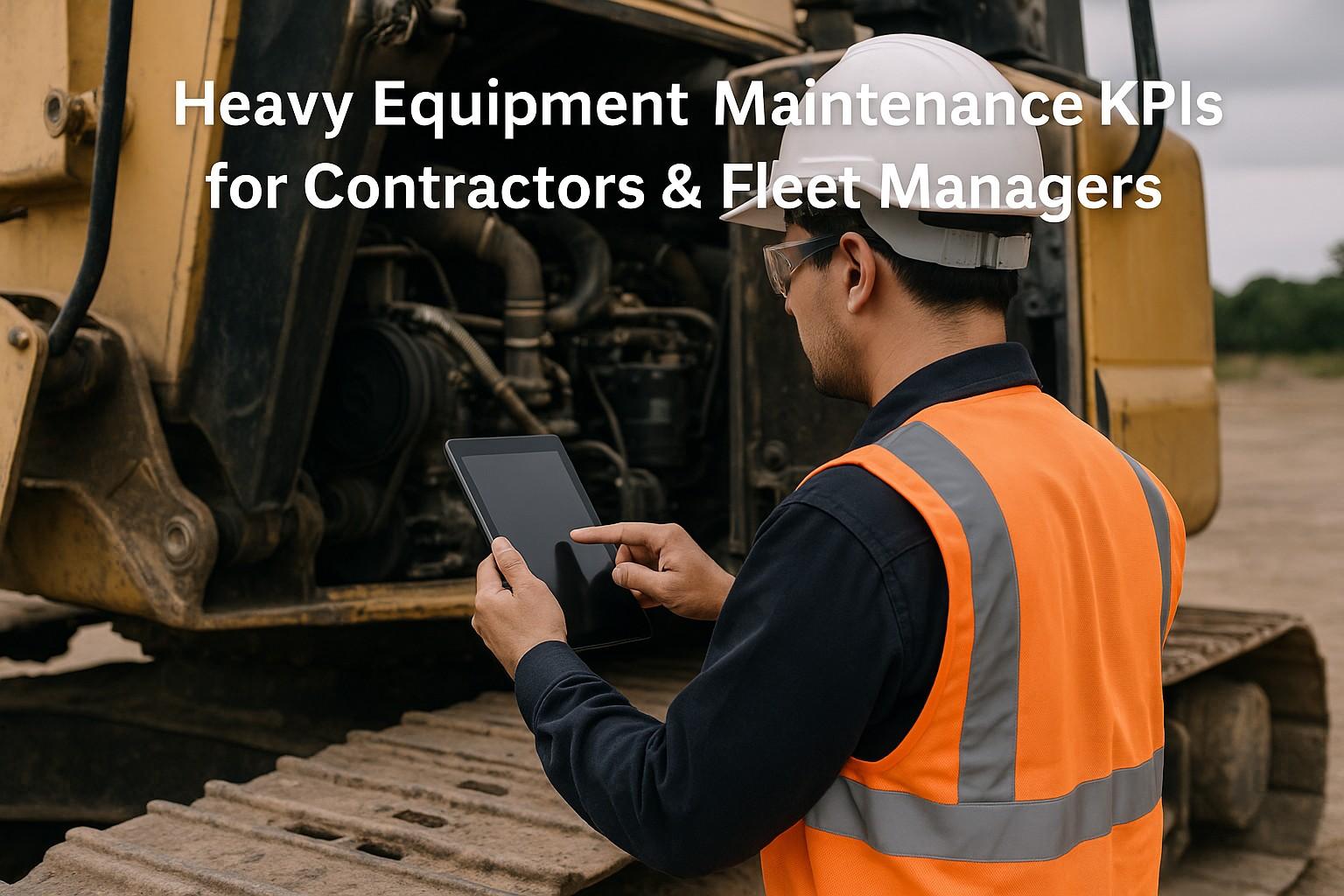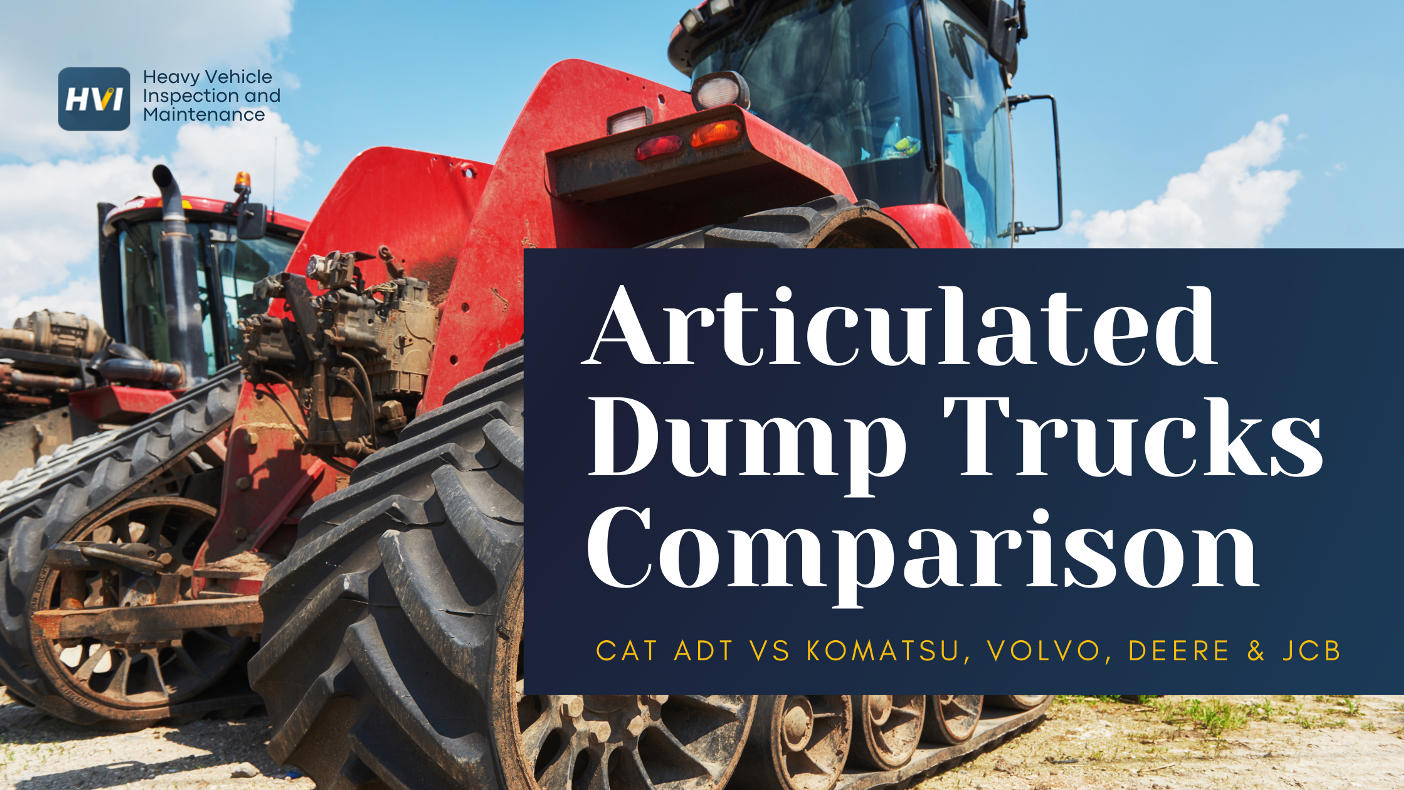High-mileage construction equipment operations across America waste an average of $35,000 annually per machine on improper oil selection, premature component failures, and inefficient lubrication practices. With over 650,000 heavy construction machines operating nationwide, selecting the optimal oil grade isn't just about engine protection—it's about preserving profit margins that can swing by $25,000-$75,000 per machine annually based on lubrication effectiveness and maintenance optimization strategies.
Strategic oil grade selection eliminates 68% of lubrication-related failures, reduces operational costs by 45%, and generates annual savings of $42,000 per machine through systematic implementation of proven lubrication protocols. More importantly, it transforms reactive maintenance culture into predictive operational excellence that ensures project delivery, regulatory compliance, and maximum equipment value retention across demanding work environments.
Annual Fleet Lubrication Impact
Ready to Optimize Your Equipment Lubrication Strategy?
Discover proven oil grade protocols that unlock significant cost savings and operational efficiency.
The Ultimate Oil Grade Selection Framework for High-Mileage Equipment
Effective oil grade selection for high-mileage construction equipment requires understanding the five critical lubrication factors responsible for 90% of all engine and hydraulic failures: viscosity optimization, additive package selection, thermal stability requirements, contamination resistance, and equipment-specific performance criteria. This comprehensive framework integrates manufacturer specifications, operational conditions, and cost-effectiveness analysis into a systematic approach that maximizes equipment reliability while minimizing total lubrication costs.
Advanced Lubrication Technology Integration
Modern lubrication management transcends basic oil changes to incorporate synthetic formulations, additive packages, and condition monitoring systems that optimize performance and extend service life. Advanced lubricants achieve 95% wear protection while reducing friction losses by 15% through engineered molecular structures that provide superior performance under extreme operating conditions.
Digital lubrication monitoring systems enable real-time oil condition assessment, contamination detection, and optimal change interval determination. This technology reduces lubricant waste by 30% while improving equipment protection through precise intervention timing based on actual oil condition rather than arbitrary schedule-based changes.
- ✓ Oil Analysis Programs with contamination monitoring, wear particle analysis, and additive depletion tracking
- ✓ Synthetic Lubricant Integration providing enhanced thermal stability and extended service intervals
- ✓ Condition Monitoring Systems using sensors for real-time viscosity, temperature, and contamination assessment
- ✓ Automated Lubrication Systems ensuring consistent application and optimal lubricant distribution
- ✓ Performance Analytics providing data-driven insights for lubricant selection and change intervals
- ✓ Inventory Management Integration ensuring availability of optimal oil grades for all equipment types
Implementation Strategy for Maximum Lubrication ROI
Successful oil grade optimization implementation requires a systematic approach that evaluates current practices, identifies improvement opportunities, and implements enhanced lubrication protocols without disrupting ongoing operations. The recommended timeline spans 4-8 months with priority given to high-impact implementations that demonstrate immediate value before investing in comprehensive monitoring systems.
Investment in advanced lubrication technologies provides protection against equipment obsolescence and ensures compatibility with evolving emission standards and manufacturer requirements. Total cost of ownership calculations strongly favor systematic optimization, with payback periods typically ranging from 12-18 months through reduced repairs, improved efficiency, and extended equipment life.
- ✓ Comprehensive oil analysis of all equipment fluids with $2,000-3,000 investment in laboratory testing
- ✓ Equipment condition assessment using $5,000 investment in diagnostic equipment and expertise
- ✓ Current cost analysis including lubricant expenses, failure rates, and maintenance intervals
- ✓ Manufacturer specification review ensuring compliance with warranty and performance requirements
- ✓ Climate and operational factor evaluation affecting oil grade selection and performance
- ✓ Documentation system establishment for tracking performance and cost improvements
- ✓ Premium oil grade deployment with $8,000-15,000 per unit investment in synthetic lubricants
- ✓ Condition monitoring system installation providing real-time lubrication status tracking
- ✓ Service interval optimization based on oil analysis and manufacturer recommendations
- ✓ Technician training programs covering advanced lubrication principles and best practices
- ✓ Performance monitoring systems enabling continuous improvement and cost tracking
- ✓ Supplier partnership development ensuring reliable access to optimal lubricant grades
Measuring Success: Essential KPIs for Lubrication Excellence
Effective oil grade optimization requires continuous measurement and improvement based on quantifiable performance indicators that demonstrate operational enhancement and financial returns. These metrics enable data-driven decision-making and justify continued investment in advanced lubrication programs that deliver measurable business value.
Investment in premium oil grades and monitoring technologies provides immediate protection against catastrophic failures while ensuring long-term equipment reliability and cost optimization. Performance tracking demonstrates ROI through reduced maintenance costs, extended component life, and improved operational efficiency across all equipment categories and operating environments.
- ✓ Oil Consumption Reduction targeting 25-40% improvement through optimized viscosity and seal compatibility
- ✓ Component Life Extension achieving 40-65% increase in major component service intervals
- ✓ Lubrication cost optimization delivering $25,000-$50,000 annually per machine through strategic sourcing
- ✓ Fuel efficiency improvement of 8-15% through reduced friction and optimized lubrication performance
- ✓ Emission compliance improvement reducing environmental violations and associated penalties
- ✓ Equipment availability increase to 95%+ through preventive lubrication management
Regulatory Compliance and Environmental Considerations
American construction equipment regulations under EPA Tier 4 Final standards require specific lubrication performance characteristics that support emission control systems and environmental compliance objectives. Strategic oil grade selection not only improves operational efficiency but also ensures compliance with evolving environmental standards and emission requirements that continue advancing with regulatory development.
Biodegradable and environmentally-friendly lubricant options provide competitive advantages while meeting environmental stewardship requirements. Early adoption of sustainable lubrication practices positions contractors for future regulatory changes while demonstrating environmental responsibility that enhances corporate reputation and competitive positioning in environmentally-conscious markets.
Maximizing ROI Through Strategic Oil Grade Excellence
Implementation of optimized oil grade selection represents more than operational improvement—it's a strategic investment in fleet sustainability and profitability that positions American contractors for significant competitive advantages in an increasingly demanding construction market. Financial benefits extend beyond immediate cost savings to encompass improved equipment reliability, enhanced project delivery capabilities, and superior equipment value retention throughout the ownership lifecycle.
American contractors who embrace advanced lubrication protocols achieve measurable improvements in equipment performance, operational costs, and project profitability. Conservative estimates suggest total ROI exceeding 250% within two years of full implementation, with immediate benefits visible within the first operating season following optimized oil grade deployment and systematic lubrication management.
The construction industry's focus on efficiency and sustainability demands proactive adaptation and investment in proven lubrication strategies. Fleet operators who implement optimized oil grade selection today will be best positioned to capitalize on emerging opportunities while avoiding the costly consequences of reactive maintenance approaches that plague traditional construction operations nationwide.
Transform Your Equipment Lubrication Strategy Today
Start implementing optimized oil grade selection and join America's most successful construction operations.
Book a Demo




